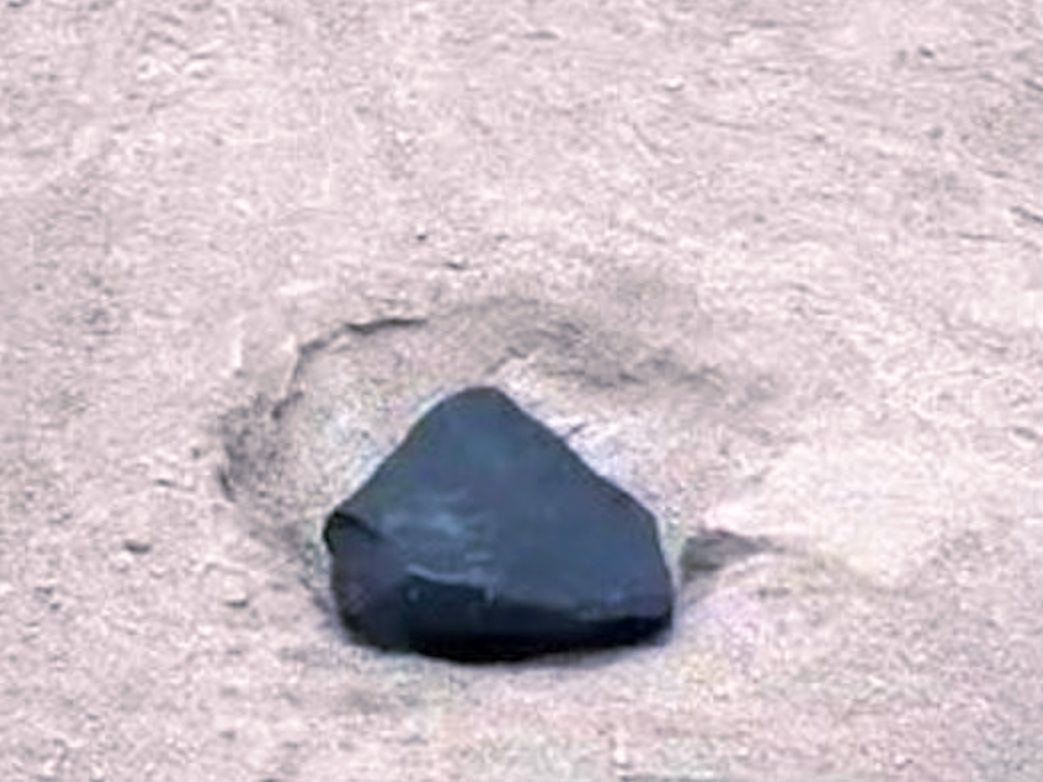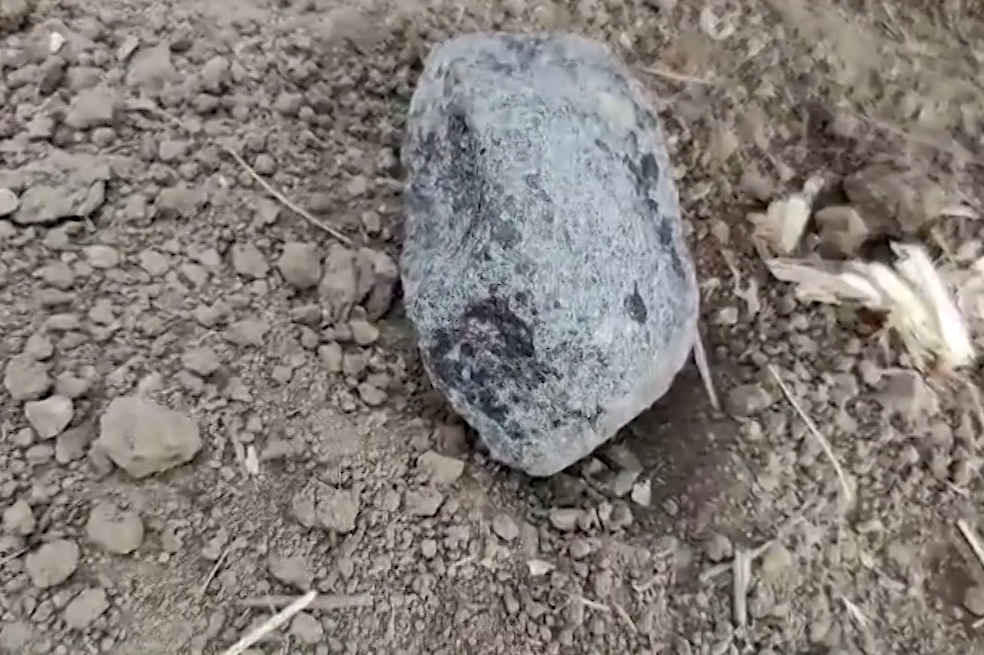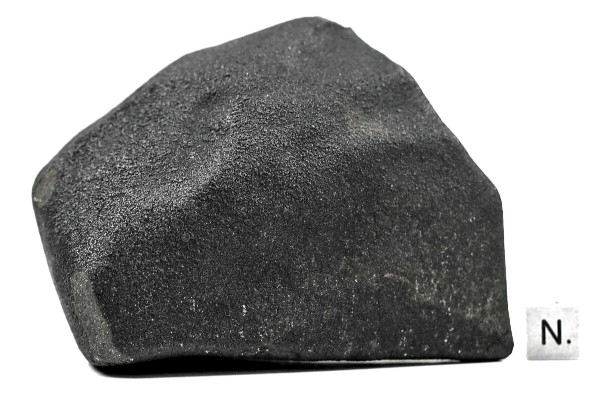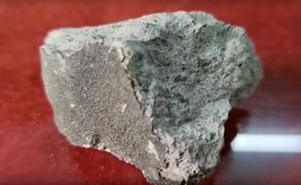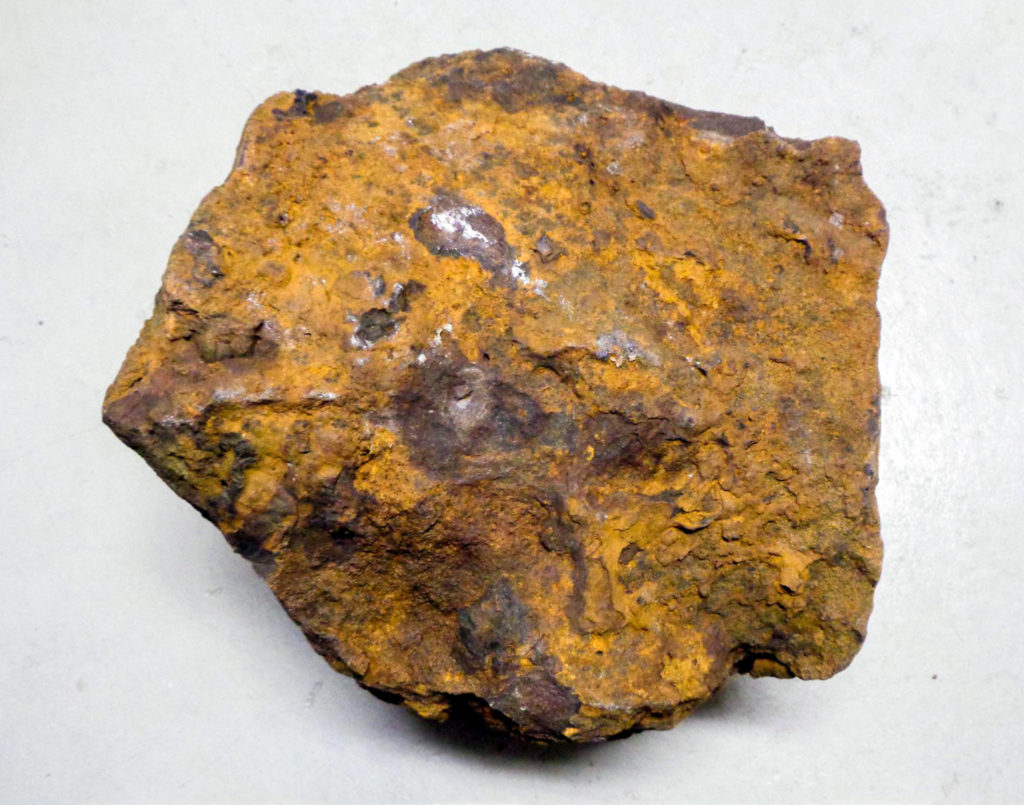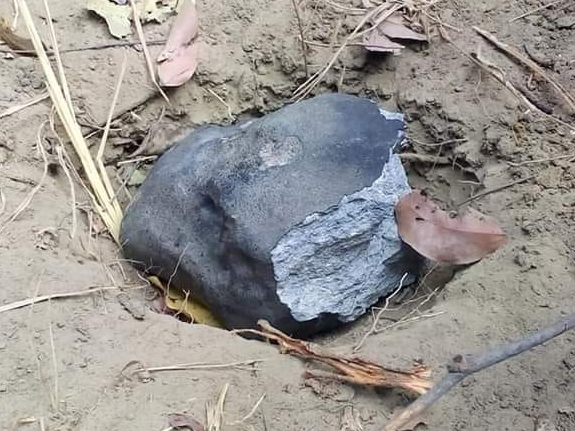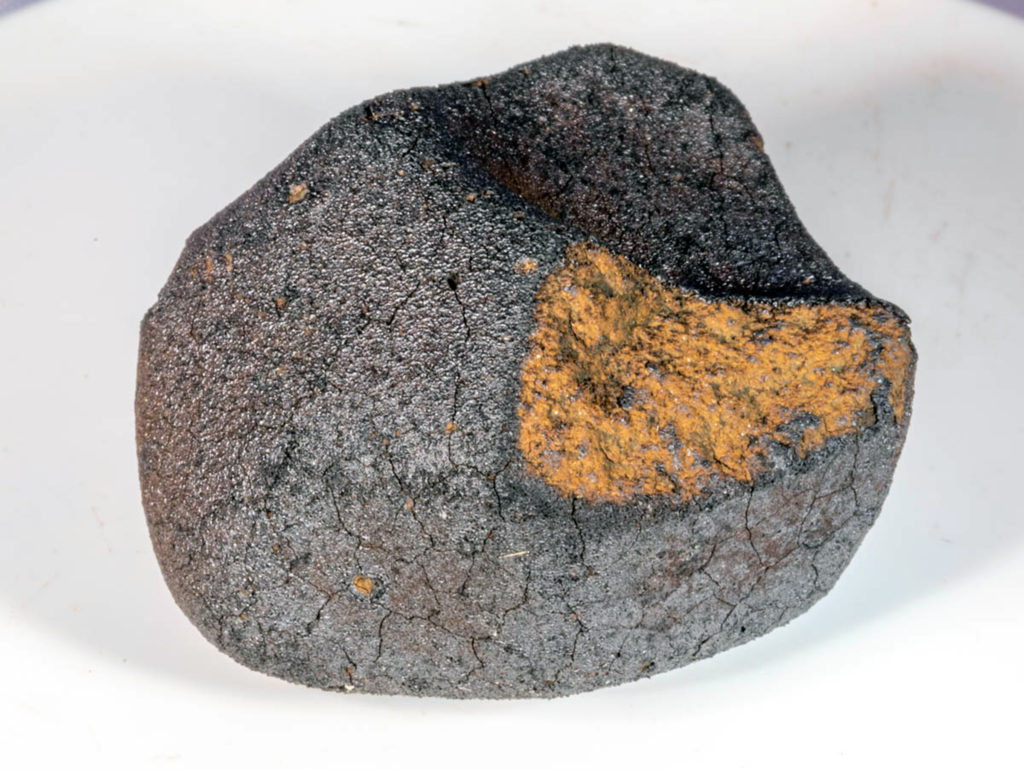Ureilite precursor formation from an isotopically and chemically heterogeneous, isolated protoplanetary disk reservoirOPEN ACCESS
Pascal M. Kruttasch, Karen Ziegler, Julian-Christopher Storck, Nicolas D. Greber, Aryavart Anand, Klaus Mezger Earth and Planetary Science LettersVolume 652, 15 February 2025, 119179 LINK + PDF (OPEN ACCESS) “Highlights “Isotopic and chemical compositions of…
Chondrites as thermal and mechanical archives of accretion processes in the Solar protoplanetary diskOPEN ACCESS
Anthony Seret, Guy Libourel Earth and Planetary Science Letters 649, 119066 PDF (OPEN ACCESS) “As some of the most ancient materials in our Solar System, chondritic meteorites offer a valuable window into the early stages…
53Mn-53Cr chronometry of ureilites: Implications for the timing of parent body accretion, differentiation and secondary reductionOPEN ACCESS
Pascal M. Kruttasch, Aryavart Anand, Paul H. Warren, Chi Ma, Klaus Mezger Geochimica et Cosmochimica ActaIn Press, Journal Pre-proof, Available online 13 August 2024 LINK + PDF (OPEN ACCESS) “Establishing the temporal evolution of the…
Dynamical orbital evolution of asteroids and planetesimals across distinct chemical reservoirs due to accretion growth of planets in the early solar systemOPEN ACCESS
Sandeep Sahijpal Astrophysics & Astronomy, 2023, Preprint PDF (OPEN ACCESS) “N-body numerical simulations code for the orbital motion of asteroids/planetesimals within the asteroid belt under the gravitational influence of the sun and the accreting planets…
Early differentiation of magmatic iron meteorite parent bodies from Mn-Cr chronometryOPEN ACCESS
Aryavart Anand, Jonas Pape, Martin Wille, Klaus Mezger, Beda Hofmann Accepted for publication in Geochemical Perspective Letters PDF (OPEN ACCESS) “Magmatic iron meteorite groups such as IIAB, IIIAB and IVA, represent the largest sampling of…
Discovery of fossil asteroidal ice in primitive meteorite Acfer 094OPEN ACCESS
Megumi Matsumoto, Akira Tsuchiyama, Aiko Nakato, Junya Matsuno, Akira Miyake, Akimasa Kataoka, Motoo Ito, Naotaka Tomioka, Yu Kodama, Kentaro Uesugi, Akihisa Takeuchi, Tsukasa Nakano and Epifanio Vaccaro Science Advances 20 Nov 2019: Vol. 5, no….
Accretion of the asteroids: Implications for their thermal evolution
S. J. Weidenschilling Meteoritics & Planetary Science First Published: 3 March 2019 LINK “Thermal models of asteroids generally assume that they accreted either instantaneously or over an extended interval with a prescribed growth rate. It…
Evolution of interstellar organic compounds under asteroidal hydrothermal conditions
V. Vinogradoff, S. Bernard, C. Le Guillou, L. Remusat Icarus Available online 12 December 2017 LINK “Carbonaceous chondrites (CC) contain a diversity of organic compounds. No definitive evidence for a genetic relationship between these complex…
Collisional stripping of planetary crustsOPEN ACCESS
Philip J. Carter, Zoë M. Leinhardt, Tim Elliott, Sarah T. Stewart, Michael J. Walter Accepted for publication in EPSL PDF (OPEN ACCESS) “Geochemical studies of planetary accretion and evolution have invoked various degrees of collisional…
Giant convecting mud balls of the early solar systemOPEN ACCESS
Philip A. Bland, Bryan J. Travis Science Advances 14 Jul 2017: Vol. 3, no. 7, e1602514 DOI: 10.1126/sciadv.1602514 LINK (OPEN ACCESS) PDF (OPEN ACCESS) “Carbonaceous asteroids may have been the precursors to the terrestrial planets,…
Accretion and Disruption Histories of the Ordinary Chondrite Parent Bodies
Edwards G. H. * Blackburn T. Alexander C. M. O’D. 80th Annual Meeting of the Meteoritical Society 2017 [#6367] abstract (PDF) “Discrepant Pb-Pb phosphate ages and Ni-metal metallographic cooling rates for ordinary chondrites may be…
Tungsten stable isotope compositions of terrestrial samples and meteorites determined by double spike MC-ICPMS
Nadine Krabbe, Thomas S. Kruijer, Thorsten Kleine Chemical Geology In Press, Accepted Manuscript, Available online 23 December 2016 LINK “Tungsten stable isotopes hold great potential to examine a variety of physical and chemical processes operating…
Mn-Cr ages and formation conditions of fayalite in CV3 carbonaceous chondrites: Constraints on the accretion ages of chondritic asteroids
Kaori Jogo, Tomoki Nakamura, Motoo Ito, Shigeru Wakita, Mikhail Yu. Zolotov, Scott R. Messenger Geochimica et Cosmochimica Acta In Press, Accepted Manuscript, Available online 21 November 2016 LINK “Chondritic planetesimals are among the first planetary…
Refining Theories of Accretion in the Early Solar System: Petrographic, Major-, Platinum-Group Element, and Osmium Isotope Characteristics of Angrite Metals
A. J. V. Riches, K. W. Burton, G. M. Nowell, C. W. Dale, A. J. Irving, A. R. Santos 47th Lunar and Planetary Science Conference (2016), Abstract #2858 PDF
Accretion timescales and style of asteroidal differentiation in an 26Al-poor protoplanetary disk
K.K. Larsen, M. Schiller, M. Bizzarro Geochimica et Cosmochimica Acta In Press, Accepted Manuscript, Available online 8 December 2015 doi:10.1016/j.gca.2015.10.036 LINK “The decay of radioactive 26Al to 26Mg (half-life of 730,000 years) is postulated to…
Ancient stardust in fine-grained chondrule dust rims from carbonaceous chondrites
Jan Leitner, Christian Vollmer, Christine Floss, Jutta Zipfel, Peter Hoppe Earth and Planetary Science Letters In Press, Corrected Proof, Available online 3 December 2015 doi:10.1016/j.epsl.2015.11.028 LINK “Carbonaceous chondrites are fragments from primitive parent asteroids, which…
Chronology of Aqueous Activity and Sources of Water on the Chondrite Parent Bodies: Testing the Grand Tack Model
Krot A. N. * Doyle P. M. Nagashima K. Jogo K. Wakita S. Ciesla F. J. Alexander C. M. O’D. Bonal L. Fujiya W. 78th Annual Meeting of the Meteoritical Society (2015), abstract #5150 abstract…

